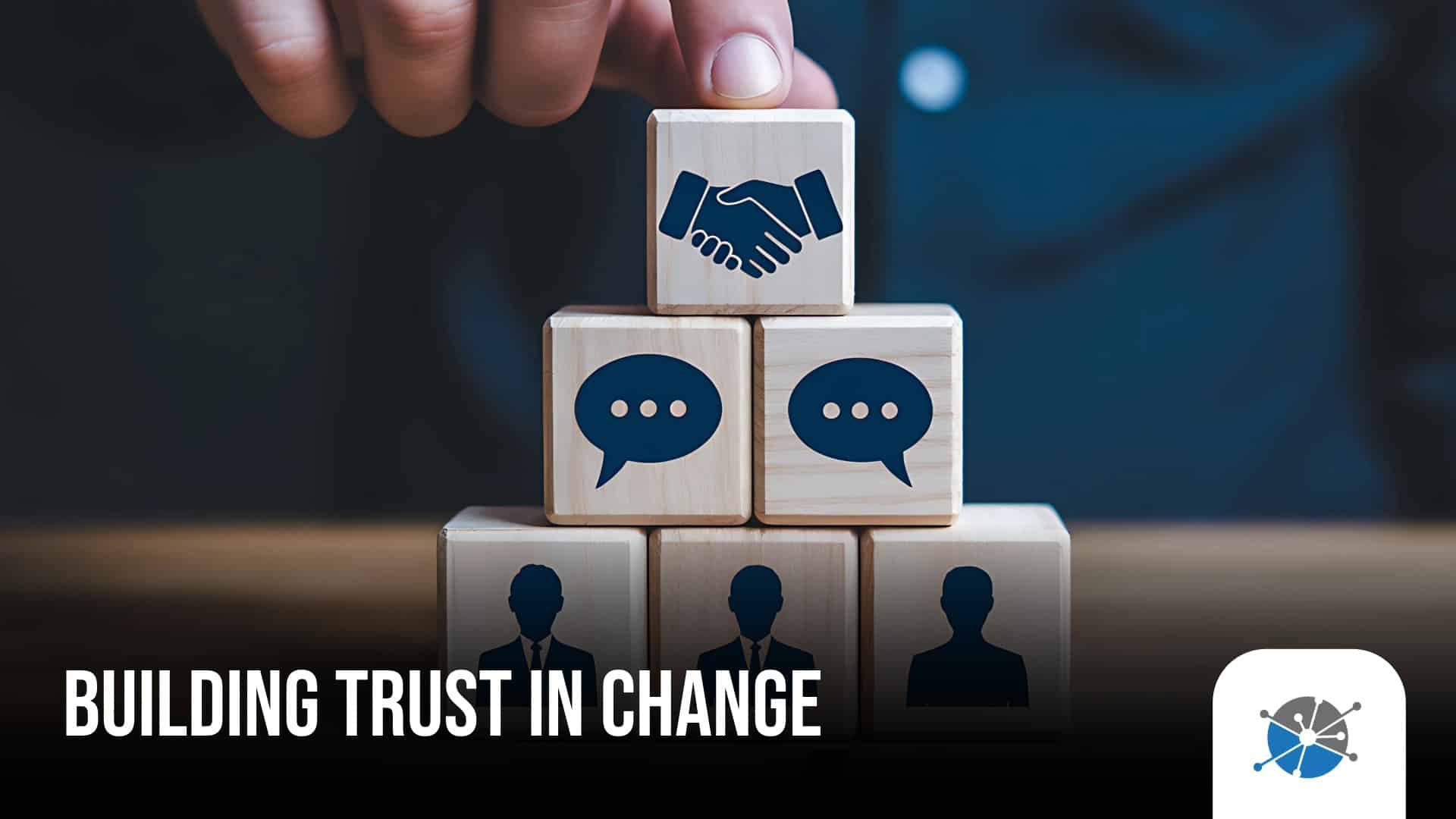
Why Consumer Psychology Defines the Future of Debt Relief
In today’s receivables environment, consumer psychology in debt relief has emerged as a critical lens for developing effective strategies. This article explores the behaviors that shape consumer decision-making, the challenges of fear and avoidance, and how empathy and respect can unlock engagement. It is a practical framework for integrating psychology into operational strategies that support sustainable recoveries.
For decades, debt relief strategies were viewed primarily through the lens of financial metrics. Interest rates, repayment terms, and liquidation percentages were calculated as if human behavior could be predicted solely by spreadsheets. However, industry experience has demonstrated that debt is never just about numbers—it is about people. The decisions consumers make when facing debt are influenced by complex layers of fear, hope, avoidance, and trust.
As a result, consumer psychology in debt relief has become a cornerstone of modern collections strategy. Without acknowledging these psychological dynamics, agencies risk designing programs that fail to connect with the very people they aim to serve. By integrating these insights, organizations can better meet consumers where they are, guide them toward realistic solutions, and strengthen both compliance and recovery outcomes.
Fear and Avoidance: The Psychology of Inaction
One of the most common consumer behaviors observed in debt relief is the “do-nothing” response. Individuals often freeze, avoid communication, and allow accounts to progress further into delinquency. At first glance, this pattern may appear to be deliberate non-cooperation. However, evidence suggests it is more accurately understood as a fear-based reaction, driven by confrontation anxiety, anticipated judgment, and the stress of confirming financial inability.
Organizations that have achieved stronger engagement with this segment are those that reduce fear triggers in their outreach. Supportive and empathetic messaging has proven more effective than punitive language. For instance, reframing a message from “pay now to avoid escalation” to “we’re here to help you find a solution” can transform avoidance into dialogue. Removing psychological barriers in this way encourages consumers to re-engage and explore viable resolution pathways.
Respect as a Business Strategy
Respect has become increasingly recognized as a measurable driver of consumer engagement. When consumers feel respected, they transition from adversaries to active participants in the resolution process. Respect builds trust, trust drives engagement, and engagement leads to resolution.
In operational terms, this involves training agents to listen more than they speak, reframing scripts to emphasize support, and viewing consumers as individuals navigating financial stress rather than as account balances. Agencies that embed respect into their operational culture not only see improvements in liquidation rates but also strengthen brand reputation and reduce regulatory risk.
Archetypes and Behavioral Frameworks
Consumers do not respond uniformly to financial stress. Recurring behavioral archetypes provide insight into the diversity of responses. Examples include:
- Hopeful Hannah – Optimistic but fragile, often motivated by encouragement.
- Organized Olivia – Methodical and data-driven, seeking structured, transparent communication.
- Combative Chris – Confrontational in tone, requiring de-escalation strategies.
Although informal in naming, these archetypes represent serious operational value. Training teams to identify archetypes early enables agencies to tailor strategies that resonate rather than alienate. This behavioral segmentation helps optimize outreach and aligns consumer engagement methods with underlying psychological profiles.
Data Trends Reinforcing Psychology
Market data reinforces the role of psychology in debt relief outcomes. TransUnion reported a 16% increase in U.S. bankruptcy filings in 2024, reflecting a shift in consumer attitudes toward debt resolution. This indicates evolving psychological thresholds, with more individuals willing to pursue bankruptcy than in previous years.
The growth of buy-now-pay-later (BNPL) products further complicates consumer psychology. Marketed as convenient, these products often create additional hidden debt burdens. When these balances surface, consumers frequently experience overwhelm, reinforcing avoidance behaviors. Recognizing these dynamics allows agencies to adapt strategies proactively for current and future cycles of financial stress.
Integrating Psychology Into Operational Strategy
Integrating consumer psychology into operational frameworks requires structured approaches. Four pillars stand out as essential for implementation:
1. Training Agents to Identify Behaviors
Agents should be trained to recognize psychological cues—such as combative tone, nervous laughter, or silence—that reveal a consumer’s mental state.
2. Respect-Driven Messaging
Scripts, emails, and digital communications should emphasize support. Even minor language shifts, such as replacing “pay now” with “let’s work together,” significantly alter consumer responses.
3. Data-Backed Segmentation
Behavioral archetypes should be paired with analytics. Testing different messages, channels, and payment structures provides insight into which approaches are most effective for each profile.
4. Cross-Industry Collaboration
Collaboration between collections, credit counseling, and debt settlement is vital. By recognizing the full range of seven debt relief options, agencies can guide consumers toward the most suitable resolution rather than relying on one-size-fits-all strategies.
Conclusion: The Future of Debt Relief is Human
The future of debt relief will be defined not only by compliance and financial modeling, but by a deep understanding of consumer psychology. Numbers remain important, but they represent only half of the equation. The other half lies in reducing fear, building trust, and respecting the consumer journey.
For leaders in receivables management, embracing consumer psychology offers both opportunity and competitive advantage. Organizations that integrate these insights will achieve stronger recoveries, reduced litigation, and improved consumer outcomes.
The central question remains: are industry leaders ready to place human behavior at the core of strategy?
Author Bio
Adam Parks has become a voice for the accounts receivables industry. With almost 20 years working in debt portfolio purchasing, debt sales, consulting, and technology systems, Adam now produces industry news hosting hundreds of Receivables Podcasts and manages branding, websites, and marketing for over 100 companies within the industry.







